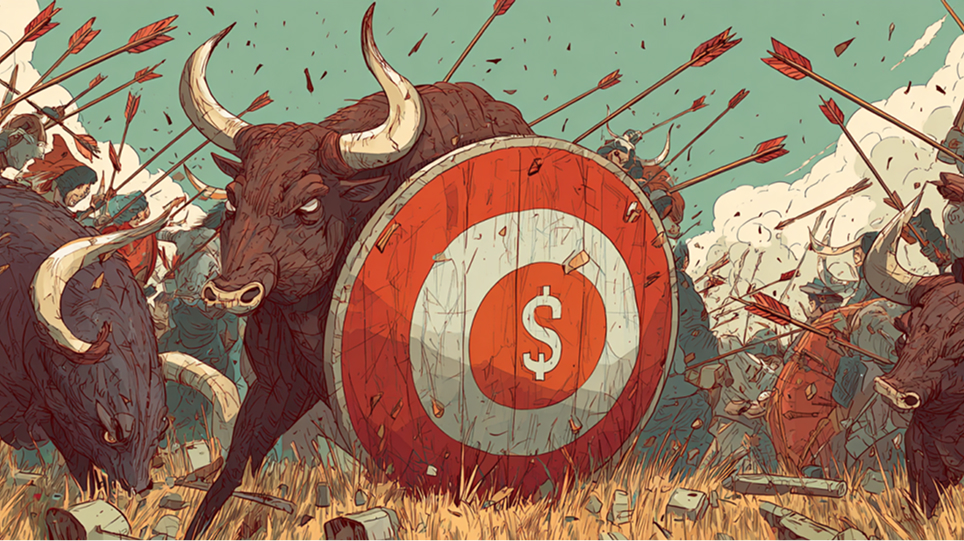OpenAI has garnered roughly $4.3 billion in revenue in the first half of 2025, a 16% increase compared to the revenue it generated for the entire year of 2024. The company also revealed that it incurred $2.5 billion in research and development costs for developing AI and operating ChatGPT.
The Information reported that research and development costs OpenAI $6.7 billion in the first half of the year. According to financial disclosures to shareholders, the ChatGPT maker also had about $17.5 billion in cash and securities at the end of the period.
OpenAI targets $13B full-year revenue
The report revealed that OpenAI aims to meet its full-year revenue target of $13 billion and a cash-burn target of $8.5 billion. The AI firm said in August that it was in early-stage discussions about a stock sale that would allow employees to cash out, and this would likely value the company at approximately $500 billion.
Nvidia announced last week plans to invest up to $100 billion in OpenAI and supply data-center chips. The initiative added to a growing sense of unease among investors that a dangerous financial bubble is developing around AI. It also raised concerns that the revenues and earnings that underpin the valuations of both public and private firms in the crypto sector do not add up.
Nvidia’s deal followed its previous announcement to commit a $5 billion investment into rival Intel. The tech company also revealed its intentions to invest around $500 million in self-driving car startup Wayve and a €500 million ($667.7 million) investment in UK cloud provider Nscale.
The investments demonstrate Nvidia’s efforts to provide capital and access to its highly sought-after artificial intelligence chips in exchange for equity and insight into the next promising AI startups in the sector. The chip manufacturer disclosed in August that it owned $4.33 billion in publicly traded holdings, including CoreWeave, Arm, Applied Digital, Nebius Group, Recursion Pharmaceuticals, and WeRide.
By the end of July, Nvidia’s nonmarketable equity securities hit $3.8 billion, up from $1.8 billion a year ago. Sam-Altman’s tech company’s portfolio companies contribute to Nvidia’s business by engaging in the development of its chips, selling rented access to its chips, or utilizing the chips for AI, enterprise software, or robotics.
An Nvidia spokesperson confirmed that the company doesn’t require any of the firms it invests in to use Nvidia technology.
The deal between OpenAI and Nvidia makes the chip manufacturer the preferred supplier of computing power to the startup, rather than an exclusive provider. OpenAI launched ChatGPT in 2022 and chose Nvidia’s graphics processing units for its computing power. Nvidia’s market cap has since surged by 383% from $27 billion in the firm’s fiscal 2023 to $130.5 billion in the fiscal year ended in January.
ChatGPT surpasses other chatbots in revenue earned
Appfigures reported in August that ChatGPT’s mobile app for iOS and Android devices hit $2 billion in global consumer spending. The report also highlighted that the revenue was roughly 30x the combined lifetime spending of ChatGPT’s rivals on mobile, including Claude, Copilot, and Grok.
According to the report, OpenAI’s chatbot has also garnered around $1.35 billion so far this year, up 673% year-over-year from the $174 million it made during the first seven months of 2024. The analytics firm found that ChatGPT is generating nearly $193 million per month, up from $25 million last year.
ChatGPT’s figures were around 53 times higher than those of its rival Grok, which reported $25.6 million in revenue year-to-date. Grok also sees an estimated $3.6 million in average monthly consumer spending, which represents 1.9% of ChatGPT’s.
Appfigures also found that ChatGPT’s lifetime global spending per download is $2.91, compared to Grok’s $0.75, Claude’s $2.55, and Copilot’s $0.28. The chatbot’s spending per download to date in the U.S. is higher at $10, leading the market to account for 38% of the app’s revenue to date. Germany accounts for 5.3% of ChatGPT’s lifetime total spending.
Want your project in front of crypto’s top minds? Feature it in our next industry report, where data meets impact.
Source: https://www.cryptopolitan.com/openais-revenue-surges/


